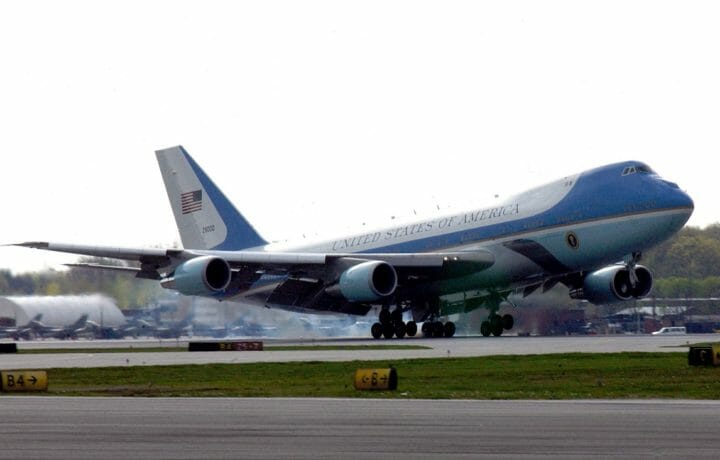The security clearance talent supply shortage continues to be an issue. When it comes to finding the right talent and security clearance for the job, many federal agencies and government contractors alike are struggling. The gap between workers and clearances was highlighted as one reason for delays in Air Force One product. A recent report by the Government Accountability Office (GAO) highlighted progress across a variety of weapons systems. Air Force One is behind schedule – and one issue is the struggle to clear aerospace talent for the job.
The GAO report said Boeing has seen a lower rate of mechanics and aerospace talent passing the required – and extensive – background checks required to work on the sensitive Air Force One project. Boeing is currently hiring for mechanical engineers and other positions for its San Antonio facility.
Boeing isn’t the only defense contractor looking to hire today – and competing with the private sector to do so. And the problem is also far from new. In 2018, ManTech CEO Kevin Phillips testified before congress on the cost of unfilled cleared positions – and why improving the clearance process was a national security imperative.
Fortunately, security clearance processing times have improved dramatically. But that doesn’t mean security clearance supply and demand issues are solved. According to data released by the Defense Counterintelligence and Security Agency, approximately 14,000 security clearance cases are adjudicated each month. Consider the approximately 9,000 cleared defense contractors out there, and that would amount to just one new cleared worker, for each office, every month – and another 5,000 contractors able to make one extra hire. Unfortunately, the big five contractors alone can’t settle for one new hire – they have thousands of job openings.
To put that 14,000 number in perspective, combine the open job openings listing for defense contractors Boeing, GDIT, and Northrop Grumman on ClearanceJobs today – and that figure is over 5,000. With a current figure of 73,000 job listings on the ClearanceJobs site – that means the influx of new candidates can fill just 5% of current openings (and that makes it no surprise that for contractors, poaching from other companies is the primary way of onboarding cleared talent).
Fixing security clearance supply demand issues will require more than improvements in security clearance processing times – but require a more rapid influx of new applicants into the cleared talent pool. Whether that’s through improved candidate pipelining, interim clearances, or improvements to clearance reciprocity or mobility – it’s clear it will take a variety of options to keep cleared weapons systems and national security programs operating on track.




